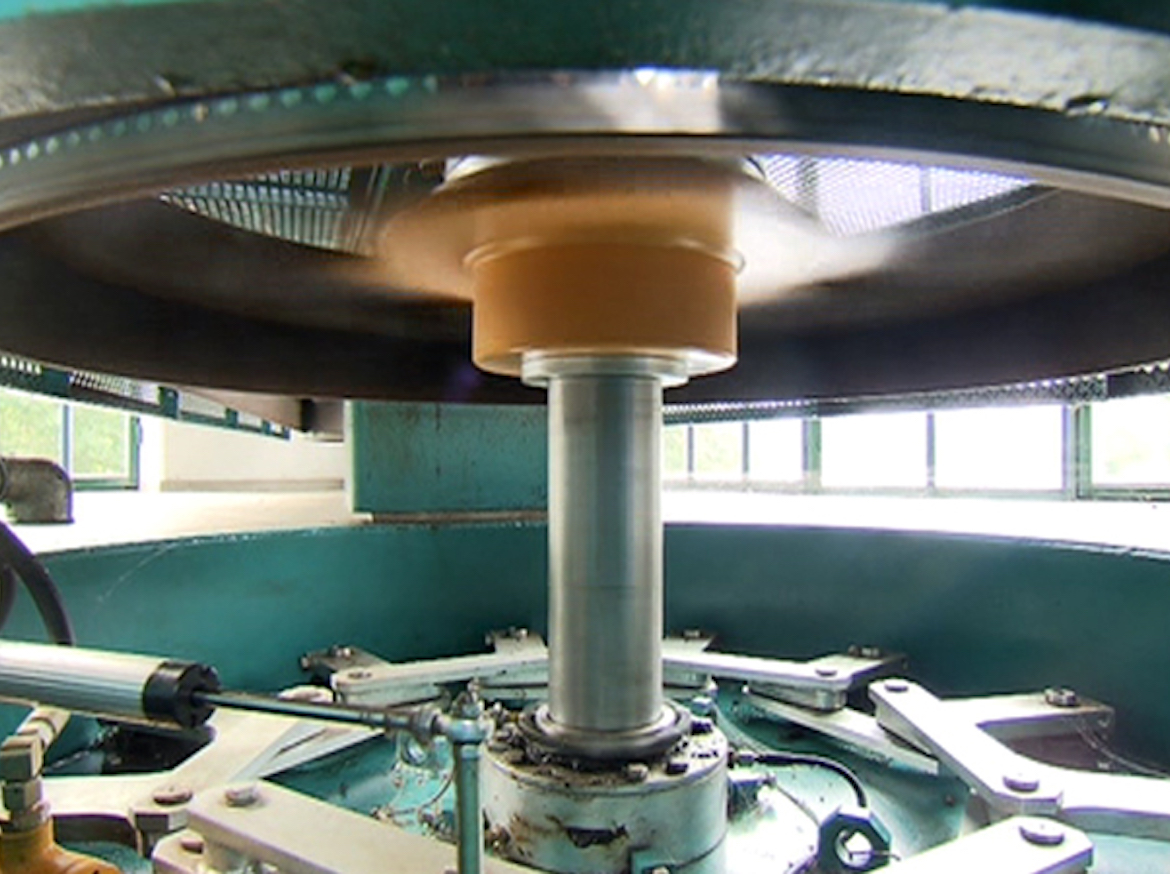SCIENCES OF THE 21ST CENTURY – HYDROELECTRIC POWER STATIONS

For more than 5000 years, humankind has harnessed the power of water. Today, too, hydraulic power is the most important renewable energy source in the world. Now a somewhat different concept is starting to emerge: small-scale hydroelectric plants.
For more than 5000 years, humankind has harnessed the power of water. Today, too, hydraulic power is the most important renewable energy source in the world. Austria and Switzerland source more than half their electricity consumption needs from hydraulic power; in Germany this figure is around 4%. When it was built in the Alps in 1924, the Walchensee power station was the largest hydroelectric power station in the world. Nowadays it is still the largest in Germany, although with an output of 124 megawatts it is ten times smaller than the average nuclear power station. It is what is known as a storage power plant. It stores its energy in the form of water in the Walchensee. Only when required does it convert this water into electrical power. Hydraulic power stations are set to play a key role in the move to alternative energy. And yet the potential for large hydroelectric power plants and hydro dams appears exhausted. However, a somewhat different concept is starting to emerge: small-scale hydroelectric plants. At the start of the 20th century, a single water wheel was sufficient for the needs of many people. At that time, households required only a fraction of the energy that they consume today. For example, a water wheel produced around 500 watts. The small hydroelectric plants of the future are set to produce at least 2000 times that amount of power. Furthermore, they will not only produce cost-effective, green power, they will themselves be as environmentally friendly as the power they generate. They simply disappear completely into the river. Only the weir is visible afterwards. Economy and ecology – in perfect harmony.